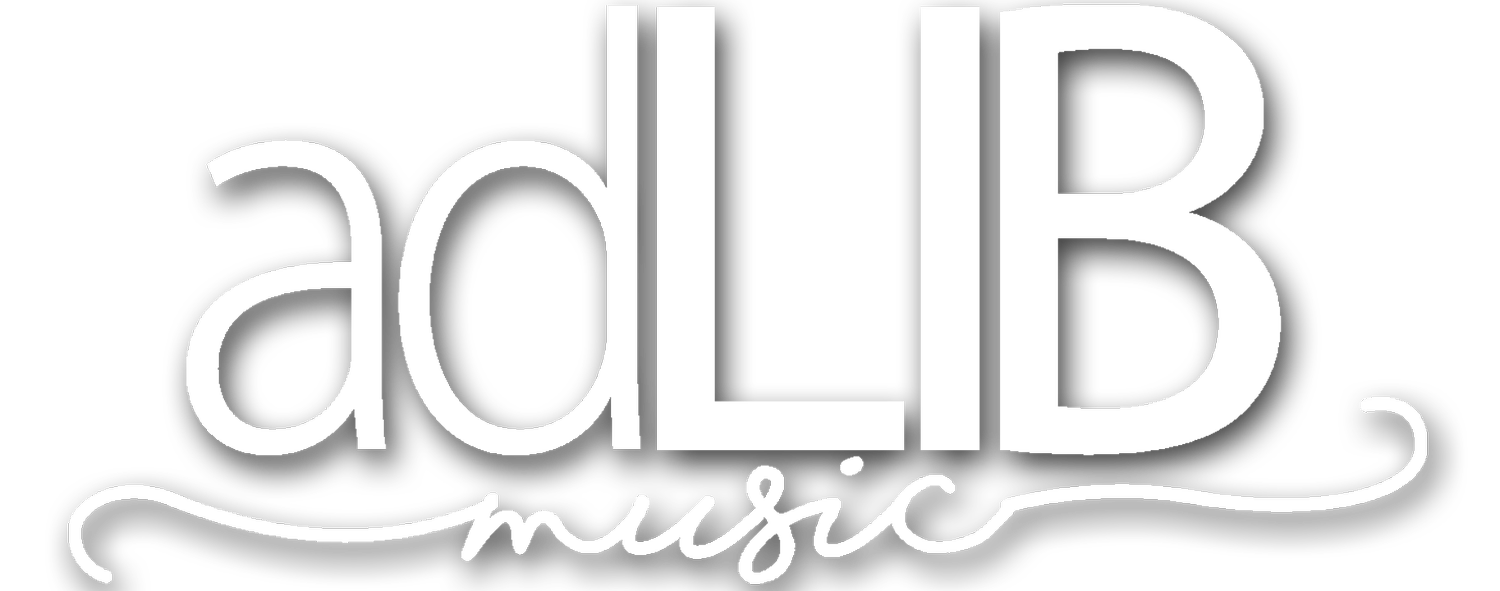How I Choose Songs
Welcome to week four of the 10-week series on how each of the Five Faders thinks about the tasks we all need to accomplish. You can read the overview here. (are you enjoying this?)
I hope you’re beginning to see that one fader isn’t “better” than another fader and that the best approach combines all the faders. Here’s how each thinks about choosing songs.
Artist.
I chose a mix of energy levels and styles to engage the congregation. I think in terms of a wide range of emotions in my music. If each song needs the widest dynamic range possible, so does the entire set. Dynamic range is the difference between the quietest or smallest part and the loudest or fullest part of a song. If there’s only a small dynamic range, it’ll feel like it’s flatlining.
Shepherd.
I remembered the Thomas family’s struggles and chose this song as a prayer to sing with and over them. See, I’m not just a shepherd for my team but also the congregation. I must track with their lives and make sure we’re singing songs that meet them where they are, point them to the LORD, and move them forward in their faith. I certainly pull most songs from ones that my congregation knows and loves, with one or two newer or less familiar ones.
Priest.
I was worshiping the LORD without agenda and paid attention to songs highlighted in my spirit. This habit is my go-to most weeks. I start with our repertoire of thirty-five songs and start with the first title that speaks to me. At this point, I’m not “trying to pick songs” but simply worshiping Jesus. As I usually do, as I get to the end of one song, the next comes to mind, and I flow into it. Again, I’m not doing this to get a list. I just want to be with Jesus. Then once I finish, I’ll look back and think about any that may seem appropriate to lead the next time. Sometimes these moments will provide ideas for transitions or medleys.
Educator.
I also think through what specific musical skill we should work on at rehearsal and choose a song that requires that skill. For example, if we’re working on dynamics, the song Do It Again starts very small, but by the time we hit the bridge, it’s big. But it’s not just that. It’s building restraint as we get there. Dan Wilt taught me to give each section of the song numbers to give the band a common reference point. So the first verse starts at a 1, the first chorus is only a 3, the second verse is only a 4, the turnaround drops to a 2, but then the first progression of the bridge is a 7. (We save the 10 for the third repeat of the bridge.) But my main reason for choosing it was to teach dynamics.
Producer.
I chose a great rotation of primarily well-known songs using the SongCycle system I learned from Jon Nicol. After whittling down our entire song catalog to 40 songs (plus hymns), I’ve categorized them with tags into Tier 1, 2, 3, classics, and hymns in PCO. Then I filter by each category, sort them by the last date used, and starting with the ones we haven’t led in the longest time, choose the appropriate number of songs from each category. (I typically do 1 from Tier 1, 1-2 from Tier 2, 2-3 from Tier 3, and either a hymn or classic, for a total of 5-6 songs.) I created a video to explain it.
Next week...how I create chord charts. Yes, even in that mundane (but critical!) task, there’s learning.
-Dave Helmuth
(purchase my book, "Worship Fertilizer: (the first hundred)" HERE)
How I Choose Songs (Nº 325)

